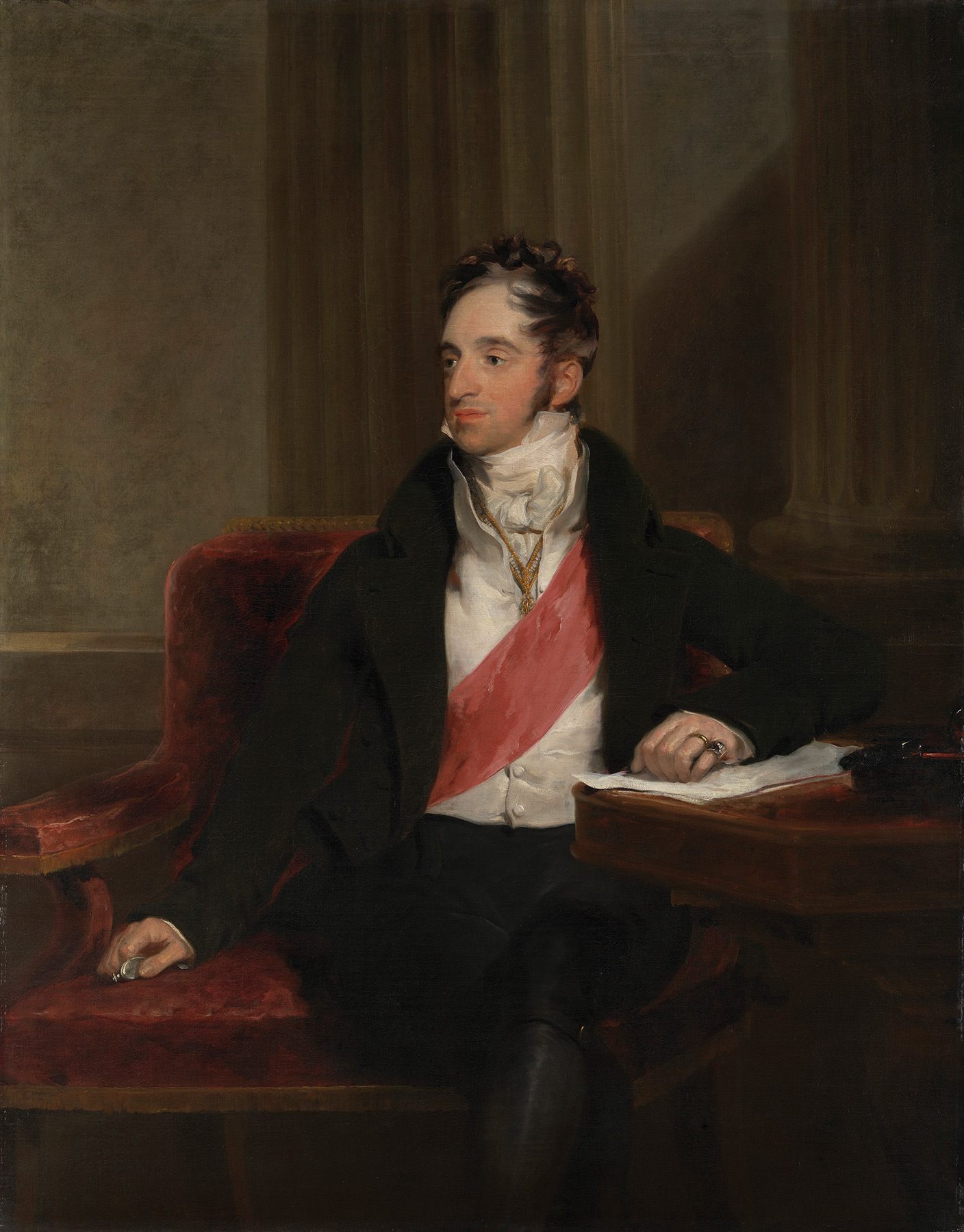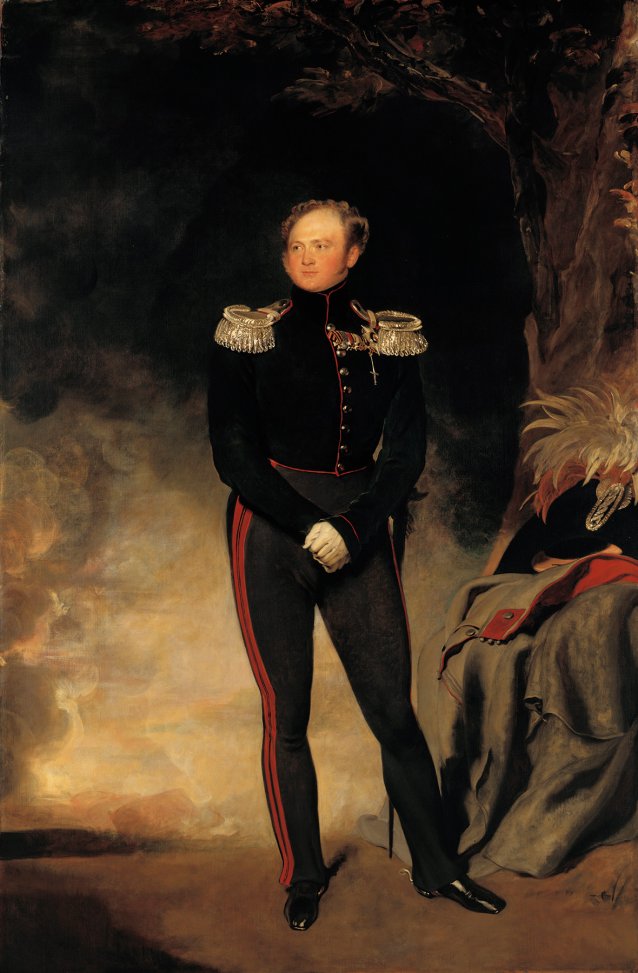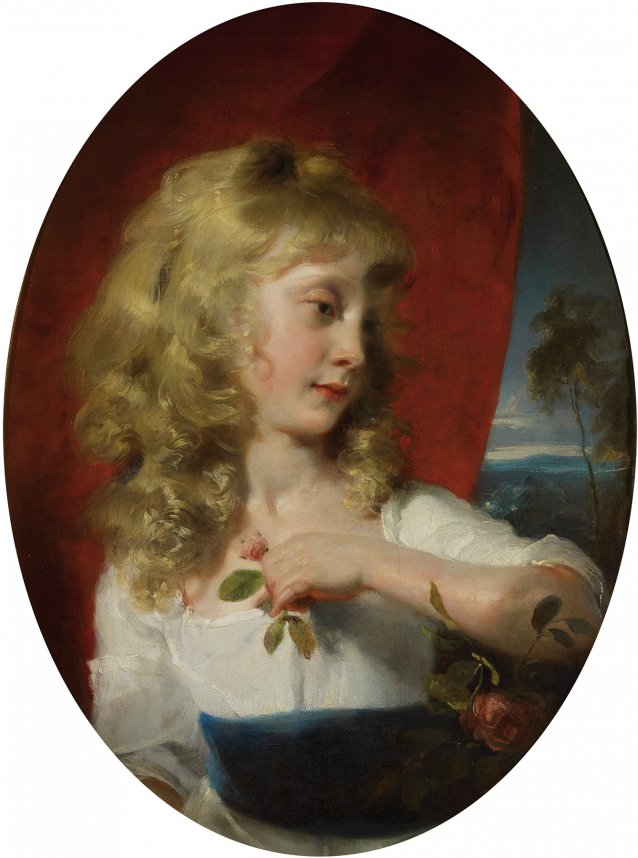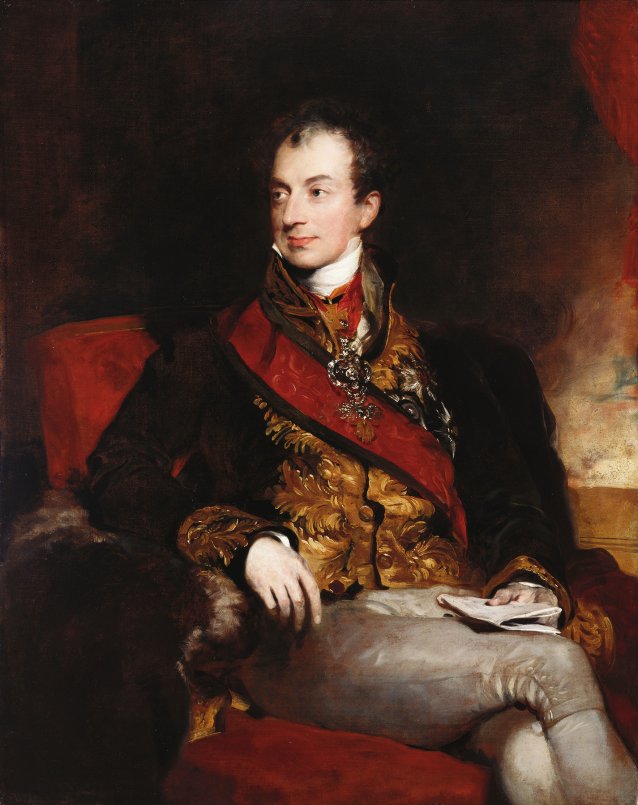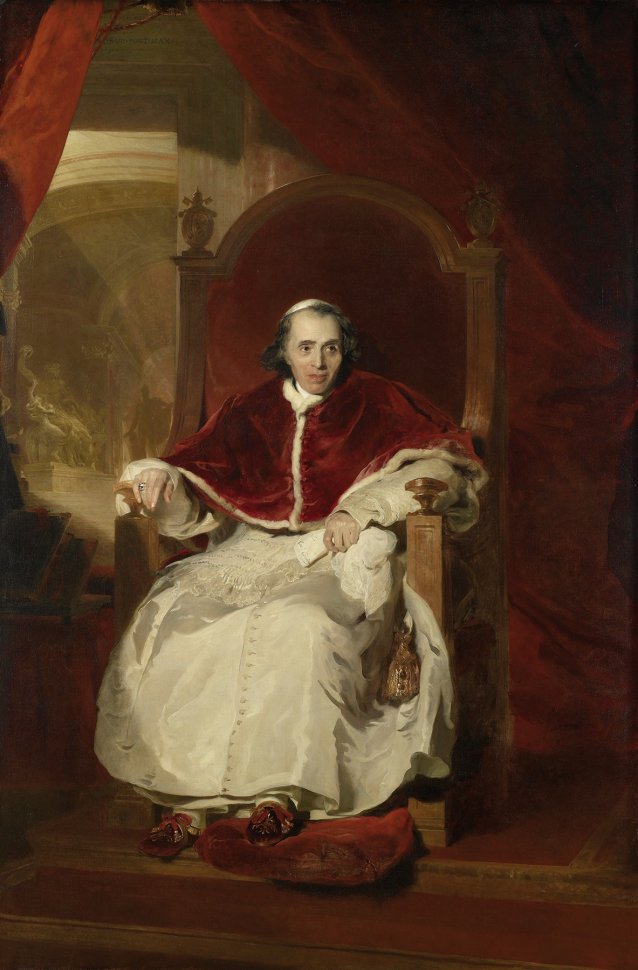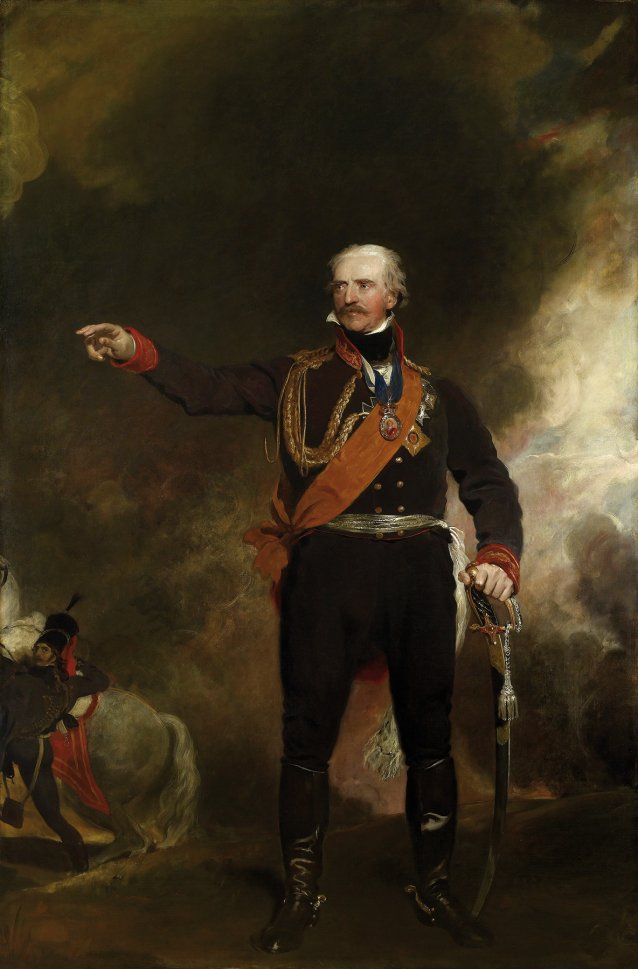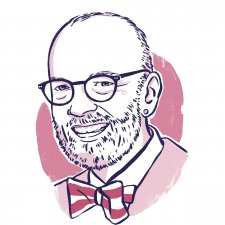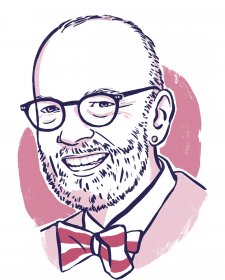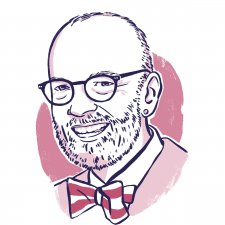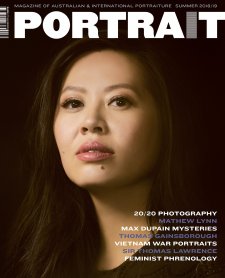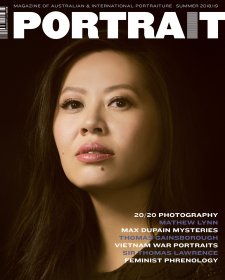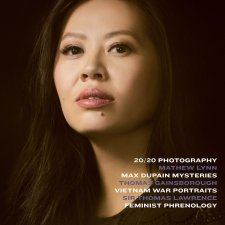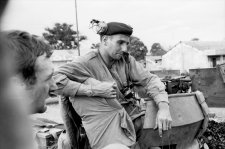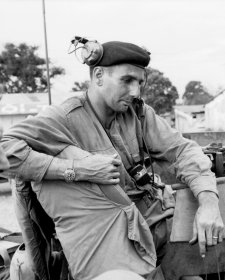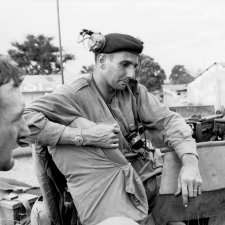If you have the good fortune to find yourself in London this season, as I had in the last week of November 2018, you may seize the opportunity to spend a little time with an unexpected highlight of the Royal Collection Trust’s current exhibition Russia, Royalty and the Romanovs in The Queen’s Gallery at Buckingham Palace. You rarely get close enough to this magnificent portrait of the soigné Karl Robert, Count Nesselrode (Tsar Alexander I’s Foreign Minister at the Congress of Vienna), 1818, by Sir Thomas Lawrence. That is because it’s almost always ‘skied’ in the Waterloo Chamber at Windsor Castle. It is also overshadowed there anyway by the much larger full-lengths, all by Lawrence, of far heavier-hitters such as the Tsar, Pope Pius VII, the Duke of Wellington, Field Marshal von Blücher & Co. Quite obviously Lawrence was at the top of his game. He was such a brilliant heir to Reynolds and Gainsborough, but still, I think, a relatively and inexplicably under-appreciated painter. He was a master, above all else, of breathtaking passages of carefully differentiated blacks: black velvet as against black fur, as against black lawn cloth, as against silk hose, and so on, each texture announcing itself with perfect clarity but within an astonishingly narrow tonal and chromatic range. His was an almost miraculous technique. Count Nesselrode has not even the hint of a crack or fissure. The paint film is as fresh as the day it was hoisted into place at Windsor.
- About us
- Support the Gallery
- Venue hire
- Publications
- Research library
- Organisation chart
- Employment
- Contact us
- Make a booking
- Onsite programs
- Online programs
- School visit information
- Learning resources
- Little Darlings
- Professional learning
